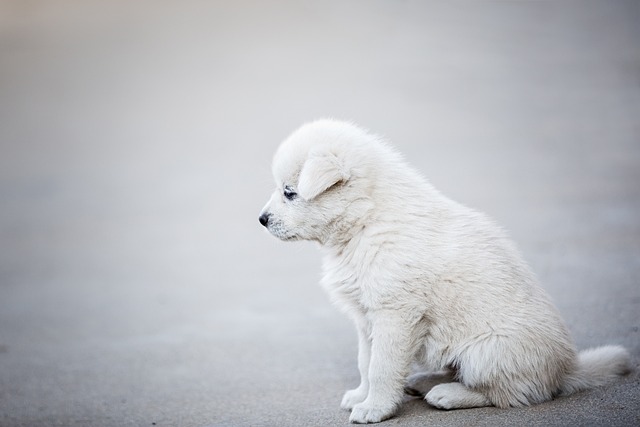
What is glaucoma in a dog?
You might notice your dog squinting more at mealtime or avoiding bright sunlight—these small changes could be early signs of a serious eye condition.
Parvo is every new puppy owner’s nightmare—aggressive, highly contagious, and tough on those tiny immune systems. Many breathe a sigh of relief after the third round of vaccines, but protection isn’t always instant or absolute.
Vaccines work by teaching a puppy’s body to fight the virus. The first two shots prime their immune system; the third often boosts it to a level that can fend off infection. But timing matters. Most vets recommend waiting 10 to 14 days after the final shot before letting a puppy explore high-risk areas like dog parks or busy sidewalks. That’s when antibodies hit their peak.
Not all puppies respond the same way. Factors like breed, overall health, and even the mother’s immunity can affect how well vaccines work. A runt or a puppy with a weak start might need extra time—or even a booster—to build full protection. Your vet can run a titer test to check antibody levels, though this isn’t always required by law.
 Stay sharp on local rules. In some regions, proof of parvo vaccination is mandatory for puppies in public spaces, like boarding facilities or groomers. Skipping shots could land you in hot water, but rushing exposure before full protection is risky too. Balance compliance with caution—carry vaccine records, but avoid places where unvaccinated dogs frequent until your puppy is ready.
Stay sharp on local rules. In some regions, proof of parvo vaccination is mandatory for puppies in public spaces, like boarding facilities or groomers. Skipping shots could land you in hot water, but rushing exposure before full protection is risky too. Balance compliance with caution—carry vaccine records, but avoid places where unvaccinated dogs frequent until your puppy is ready.
Watch for red flags. Even after three shots, symptoms like lethargy, vomiting, or bloody diarrhea need immediate vet attention. Parvo can still slip through if a puppy’s immunity is lagging, and early treatment drastically improves survival rates. Keep a list of 24-hour clinics handy—this virus doesn’t wait for business hours.
Preventive steps matter post-vaccination. Disinfect your home regularly with a parvo-killing cleaner (bleach works, but dilute it properly). Avoid letting your puppy sniff other dogs’ waste—this is how the virus spreads most often. Socialization is key for development, but opt for controlled playdates with fully vaccinated, healthy dogs instead of crowded areas.
Talk to your vet about timing. They’ll tailor advice to your puppy’s schedule, whether they’re 12 weeks old or a bit older. Some breeds, like Rottweilers or Dobermans, are more susceptible to parvo, so extra vigilance might be needed.
Three shots are a huge milestone, but they’re part of a bigger plan. With patience, smart precautions, and a little help from your vet, you’ll give your puppy the best shot at staying parvo-free. After all, nothing beats watching them grow into a healthy, rambunctious adult—safe and protected.

You might notice your dog squinting more at mealtime or avoiding bright sunlight—these small changes could be early signs of a serious eye condition.

Let’s set the scene: It’s a sweltering Phoenix afternoon—105°F outside—and you rushed your 2-year-old Lab mix, Cooper, on a quick walk to “get it over with.”

Let’s get real: You’re in your Miami apartment, watching your 3-year-old Corgi, Loki, struggle to climb the stairs to your second-floor unit.

Many dog owners brush off occasional scratching as just “dog behavior,” but persistent itching often signals something more—like a food allergy.

You might first notice your dog scratching more than usual—chewing at their paws until the fur looks thin, or rubbing their face against the couch nonstop.

Let’s be real: You’re standing in your Chicago apartment, watching your 3-year-old Beagle, Max, huff and puff just to climb onto the couch.